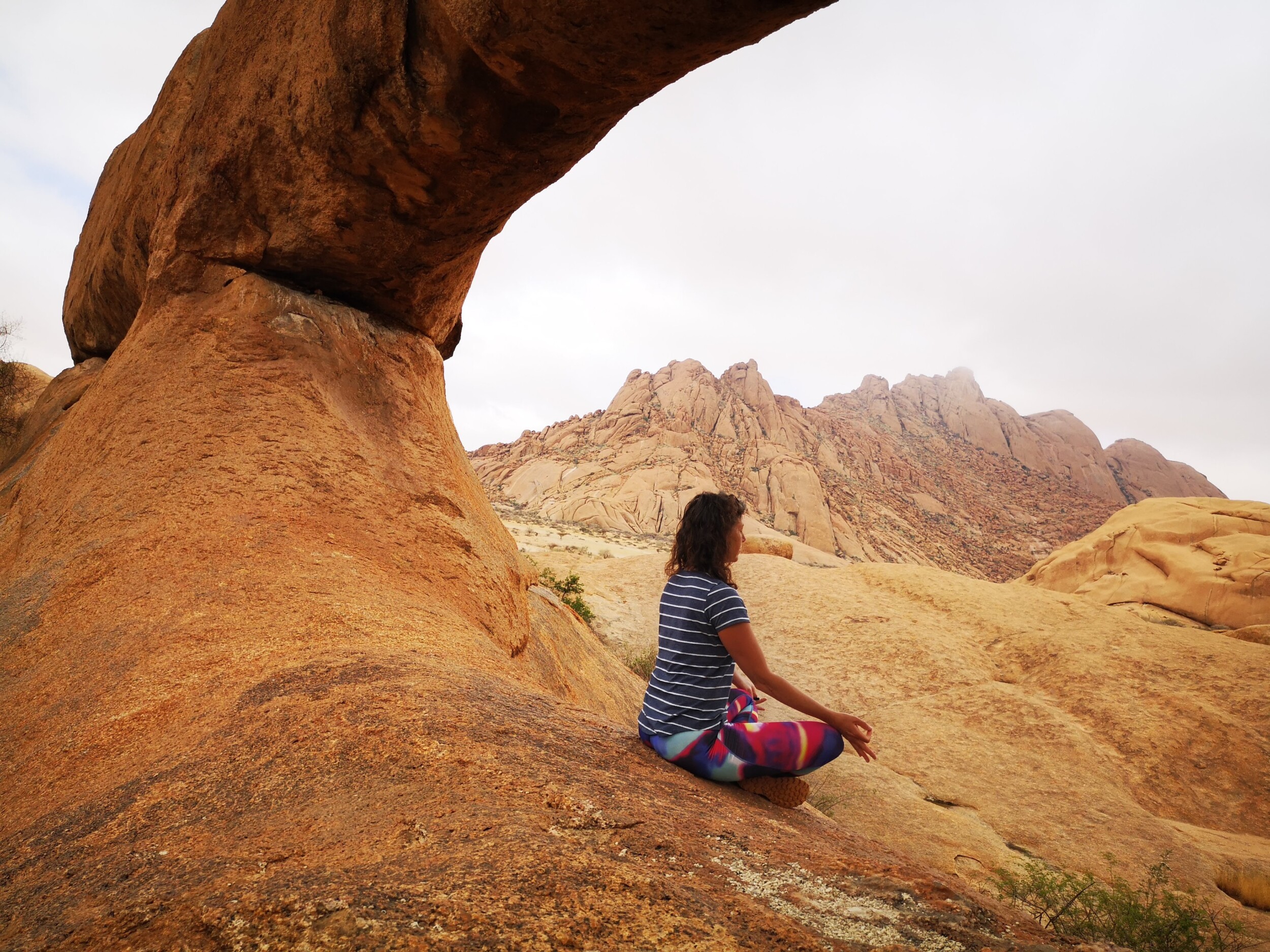Most people know yoga from the beautiful asanas, poses, that are practiced in classes. The poses that people, including myself, show in pictures and that you can work with nicely. Yoga is much more than that. Yoga is built from an eightfold path, the 8 steps or the 8 limbs of Yoga. The 8 Limbs of Yoga as I learned in Pushkar from my Swamiji Kapri.
Dit achtvoudige pad van yoga is gebaseerd op de yoga sutra’s van Patanjali. Ook vind je deze lessen, regels/wetten terug in het boeddhisme.
The Eightfold Path of Yoga – Meaningful Travel
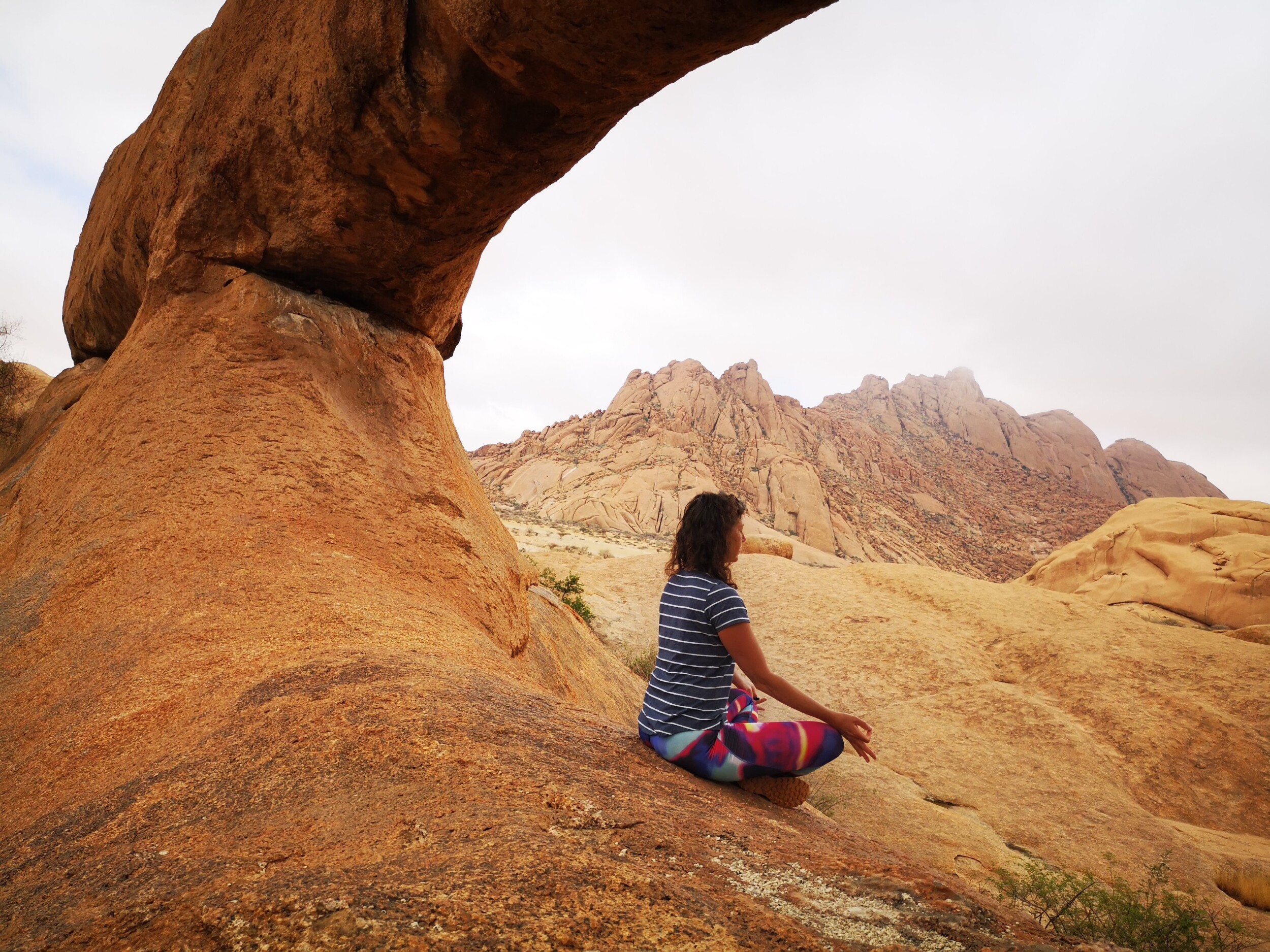
What I find beautiful about this yoga path is that everything you do, you do for your own happiness. But also that everything you do for your own happiness improves everything around you. And thus also has a positive effect for others. So where you work on yourself, there is always the positive aspect that the world around you also becomes better because of it. It feels or sounds selfish, only working on yourself… You’re also indirectly working on a better world for others.
What is the Eightfold Path of Yoga?
- What are those 8 steps of Yoga then?
They are named: Yama, Niyama, Asana, Pranayama, Pratyahara, Dharana, Dhyana and Samadhi. The path is a ladder from low to high consciousness. This eightfold path is based on the Yoga Sutras of Patanjali. Who Patanjali was seems to be no longer traceable; his writings seem to have been passed down but not the story of who the person would be. Patanjali describes yoga as follows: Calming the fluctuations of the mind.
Reading tip: BKS Iyengar explains these yoga sutras in the book Light on Yoga Sutras. I have his book Light on Yoga and find it super educational. I could read every page 10 times and extract 10 times new in-depth information from it.
What phases do the 8 steps of yoga have?
The Yama and the Niyama are living rules. They are the do’s and don’ts of daily life, so to speak. After this come the asanas and the pranayamas, the physical exercises and the breathing exercises. These can still be actively practiced. For the next series of exercises we turn inward, the Pratyahara and Dharana. Mastering the senses (pratyahara) and practicing concentration (dharana). After this comes the actual meditation called Dhyana and lastly Samadhi: becoming one with the divine. A higher spiritual consciousness.
It begins in Yoga with the Yama
The Yama are the moral and ethical disciplines. Your moral rules and restraints, your universal life values along which you want to live.
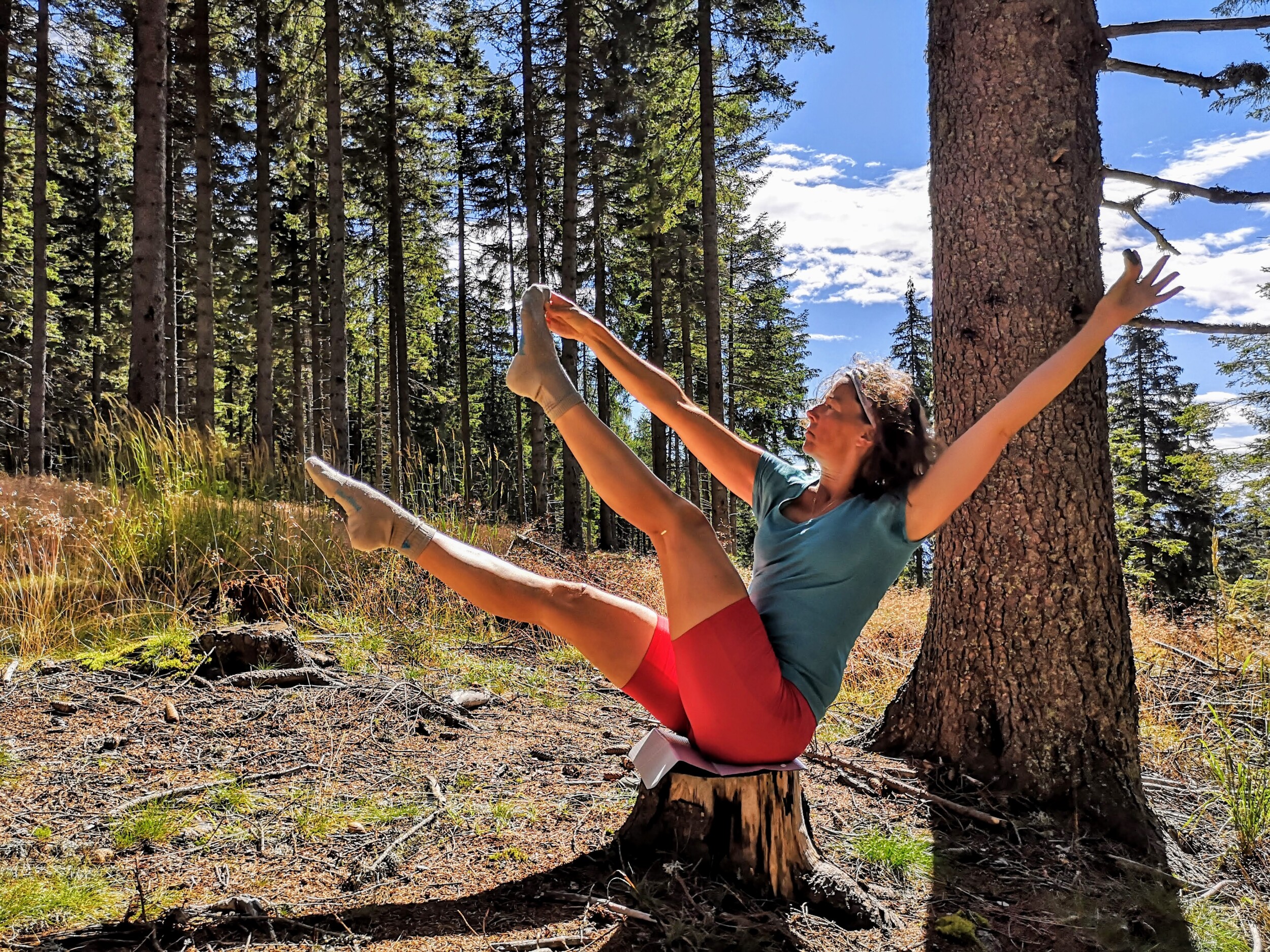
First Step in Yoga – Yama
In this first blog of this series, I want to elaborate on the first step. The Yama… What’s nice about this for me personally is that I can explore it all thoroughly again. Take out my notes from that month in Pushkar and refresh them again. And share knowledge with my readers but also during the yoga classes I teach, I can apply small pieces of knowledge. Each time you tell something different, something from a different angle and something gets explained again so that you learn a little more each time. You get a little more insight into what is meant so that you slowly progress further.
Yama is Sanskrit and means something like: restraint / prohibition. These are subdivided into 5 parts. The yamas simply ensure that you are kind and respectful to your fellow human beings. A value that is important and mentioned in every faith.
What are the five components of Yama?
There are five yamas, vows or commandments of self-restraint, those of restraint from violence, from lies and deceit, from theft, from unchastity and from possessiveness. Together they form the Great Vow.
As you read, these promises go further than those you encounter in most religions. This is also because most people don’t immediately strive for the divine… In most faiths, it’s about getting as many people as possible under your care. Just think about how Christianity became great… but also Islam and many other faiths. If they demanded the divine from all people, no one could comply. The prohibitions we now ‘must’ work on are already difficult enough but reasonably manageable in daily life.
Yoga is not a faith but a way of life and if you work on a better self, this is a nice path. A path that challenges you on all fronts. Not only mentally but also physically. You may work on all steps and in whatever order you find pleasant.
1st Yama – Ahimsa
Ahimsa means non-violence, avoiding himsa (harm).
If you assume that every action influences the environment and consider that violence also provokes violence, non-violence will ideally lead to peace, stability or tranquility.
Ahimsa can be practiced on multiple levels, namely on physical, psychological and spiritual levels.
Physical – Refraining from physical struggle and refraining from every physical act that causes harm to someone or something.
Psychological – Non-violence of mind, in thinking and being free from prejudices.
Spiritual – Paying attention to the state of one’s own consciousness. This on a deeper level than the purely psychological.
How can you apply ahimsa in your own life now? In your daily rhythm?
On the physical level, you could practice those poses (asanas) that you find easy. So those that don’t challenge you so much in the physical aspect but that you find pleasant, that make you happy and where you can practice your meditation. You train your mindfulness and awareness of your body.
On the psychological level, it’s good to examine your own thought process. What thoughts did you have today about another’s behavior? How realistic are those thoughts? Can you properly assess why another did something? So is it a prejudice that you thought and is it necessary to have that thought?
On the spiritual level, it’s good to build in short moments of meditation. Silencing your thoughts, realizing where you are and what matters at that moment. These can be short breaks of 5 minutes. Every minute that you can silence your thoughts and regain control of your thoughts is one.
Vaak lees je over een kwartiertje mediteren… En het enige wat je denkt is… 5 minuten lukt me al niet.. Laat je er niet door tegen houden, elke minuut is er 1 en is ook het pad naar meer. We kunnen onze gedachten na een heel leven mogen rennen niet zomaar een halt toeroepen.
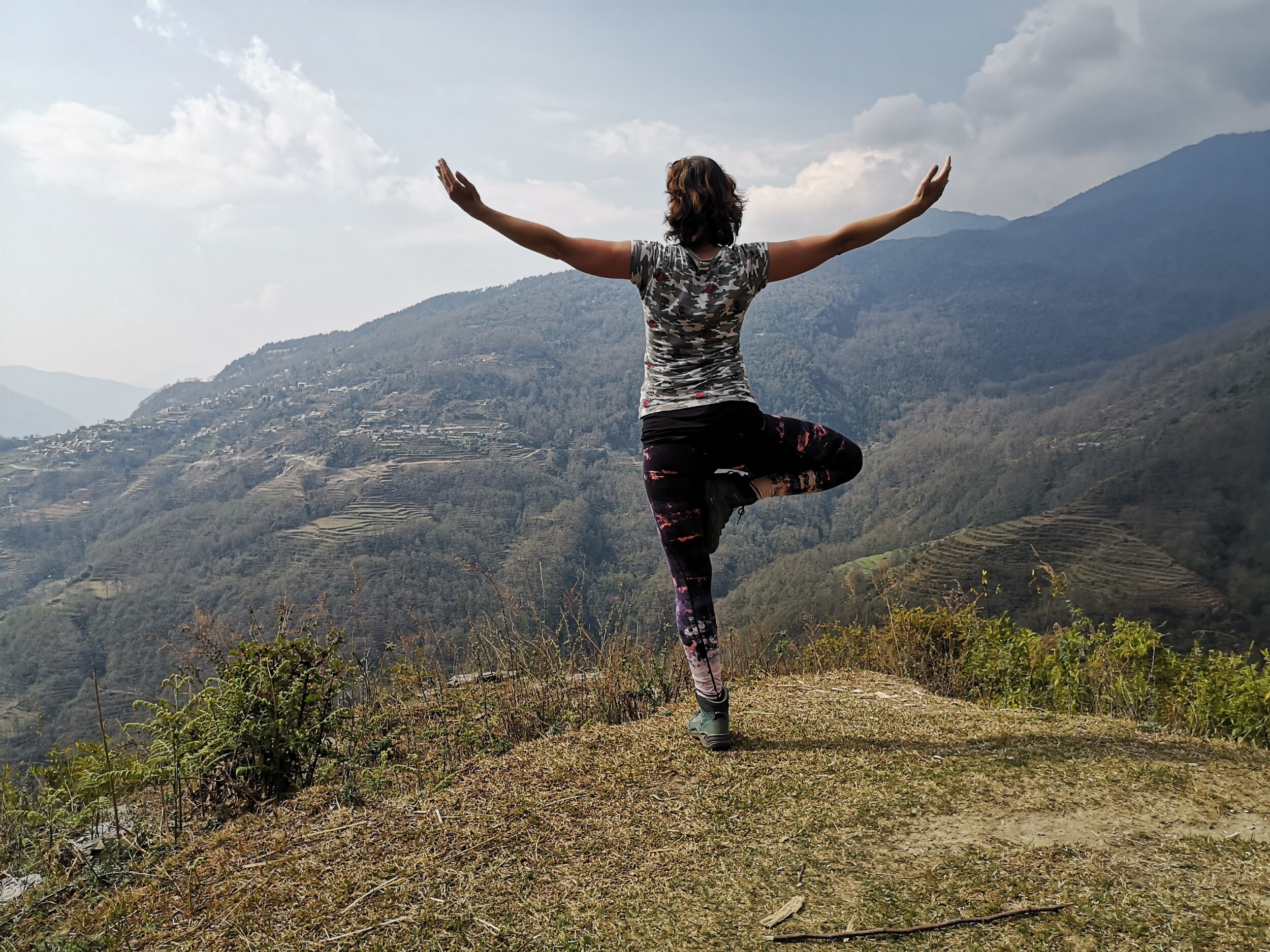
2nd Yama – Satya
Satya means truthfulness – love of truth in action, word and thought.
The word Sat means True Nature or Unchangeable. If you consider that we all have a different idea about a certain action or product, you might think that true nature is something else. And what is the truth then? You can search for that by examining your opinion, your thoughts well.
What one finds a delicious breakfast, another finds terrible… And so it is with everything you see, think and experience.
If you want to apply Satya in your daily life, it’s good to study your thought process, your own truth. Do what you think, feel, do, believe and say align with each other? And do you try to be a loving person with that? For yourself and others? Is a thought like “I can’t do this” a fact? What is a thought like “someone is bad” based on?
When you speak… are you being helpful, is what you say true, is it inspiring/constructive, is it necessary that you say it and is it kind?
And apply that same standard for speaking to your thoughts. How many thoughts do we have that bring us down, that make us think less well of ourselves? When you think… does that help you? Is that true? and is it inspiring and constructive? Is it really necessary that you think this? And is this kind?
3rd Yama – āsthēya
Asteya means – not stealing. Not stealing things, thoughts but also the desire to appropriate power, money and fame.
So it goes a bit further than what we normally think of with theft, then you think of your bike or other belongings. With asteya it’s about appropriating things that aren’t yours, that aren’t assigned to you.
Stealing to actually survive, so a piece of bread to eat because you would otherwise die is different than stealing to become richer/better. (A statement has also been made about this form of stealing in Italy) The right to life then takes precedence over the right to property. But then you must be able to demonstrate very well that there really was no other path to take.
If you want to apply āsthēya in your daily life, it’s good to examine your desire to steal (power/money/fame) closely. Where does this desire, greed or wish come from? What feeling of lack or shortage do you experience in your life? How can you fill that lack or shortage in a good and healthy way?
Constructief werken aan een betere toekomst helpt jou en je medemens, zoals ik al bij Ahimsa noemde. Door je gedachtegang goed te onderzoeken werk je ook weer aan je Satya. Hoe verder je in de Yama komt hoe meer je werkt aan de andere onderdelen van de Yama’s. Een win-win situatie dus.
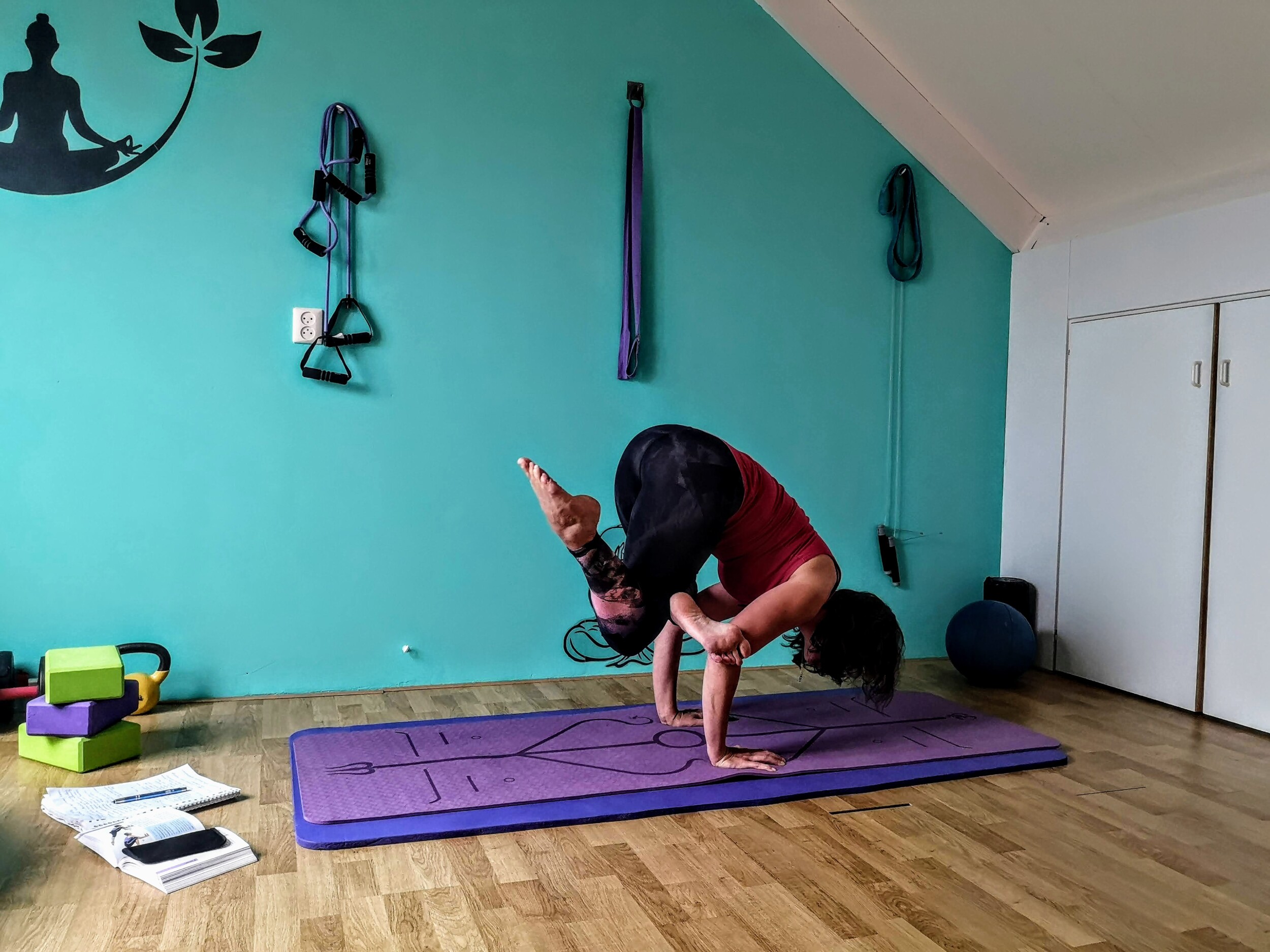
4rd Yama – brahmachārya
Brahmacharya means chastity & sexual control – More freely translated to no excess / addiction
This yama has the most to do with how and where you best use your energy. Keep your energy in balance and be aware of where you spend your energy. Just like money, you can only spend energy once. And think about what you get back from your spent energy the next day or in the days after? Do you reap the fruits of it? Or after a night out do you only have an empty wallet and a throbbing headache on top of it?
Brahmacharya – Everything in moderation – no excess and addiction
Sexual energy is very powerful energy. Use this energy in a controlled and proper way too. That doesn’t mean at all that you can’t or shouldn’t have sex anymore but that you use this consciously too. The ancient Indian philosophy Tantra says that sexual energy is actually life energy. The orgasm is not the ultimate goal in it because also realize that with an orgasm all that energy is consumed, flows away. Tantra means Expansion (tan) and Liberation (tra).
5th Yama – aparigraha
Aparigraha means being free from possessiveness – Greedlessness – Can you resist your desires of greed?
The word parigrah means something like yearning and the ‘a’ written before it means not. So not yearning, not yearning for the temptations that our world gives us.
We live in a society where everything only has to be bigger and better. Where everything can be ordered with the push of a button, clothing/food and all kinds of things… That we often turn out not to need at all afterwards.
A nice example I find is that when people go looking for a house, they usually look at how much they can borrow, how high the mortgage can be. After that, they look at how big the house can be that they can buy. This instead of what they need to lead a pleasant life. This could well be a smaller house or in a different neighborhood, closer to work or maybe further away.
Try to reverse this for yourself again. What do you need to be happy and what can you distance yourself from because you no longer need it?
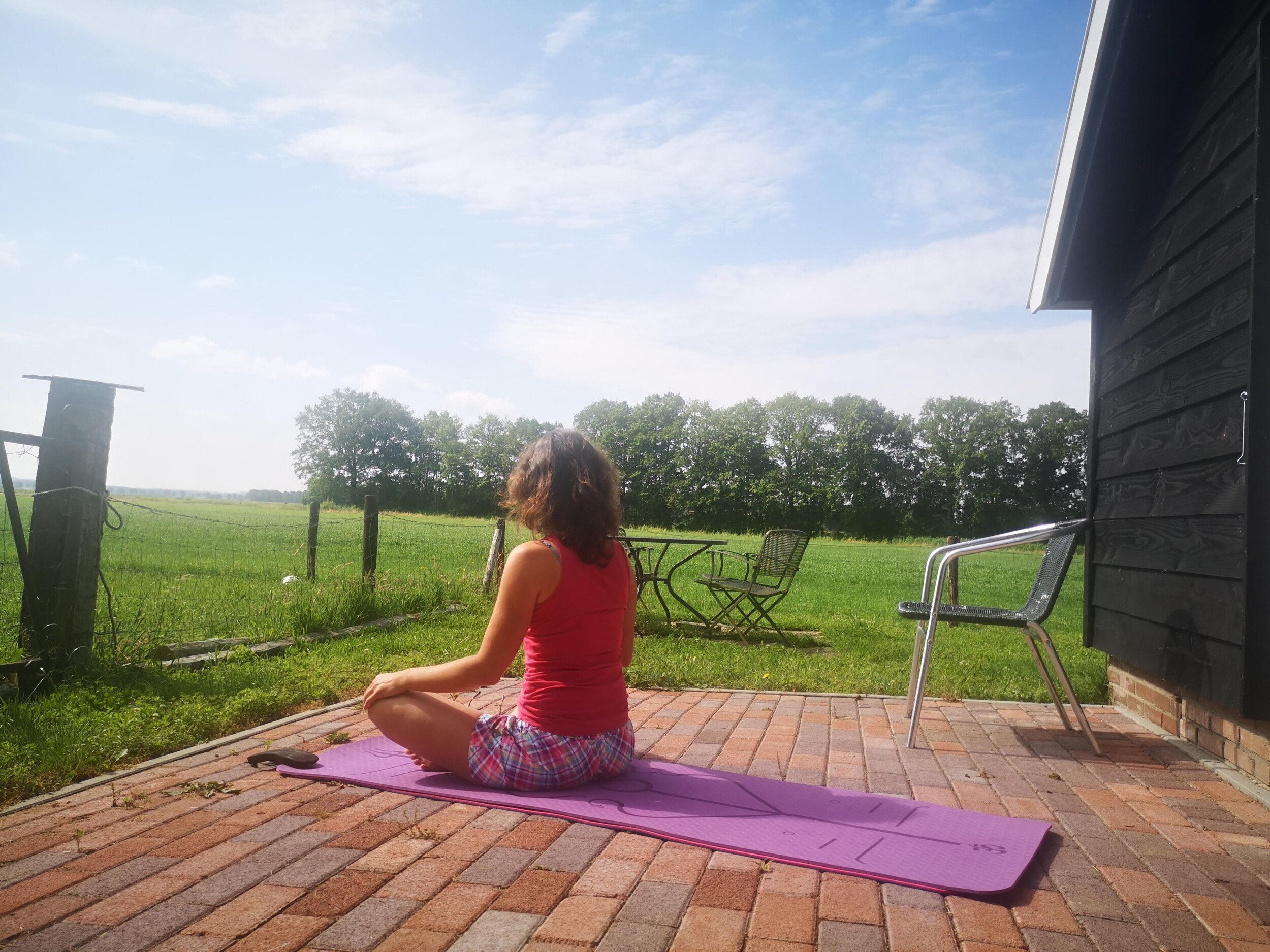
Aparigraha – Being content with what you have
Do you ask yourself the right questions to be content with what you have? Do I need this? For what reason do I want to have this? Do I want to have it to be able to show off with it? Will this make me happy?
- There’s no shortcut to happiness, right?
You have to work for it, you’ll have to go through all phases to be able to understand well what it entails and what it leads to.
Suppose you’re suddenly placed there at the end result and then? Will you be satisfied with where you are? But if you’ve worked hard for it and you’re where you want to be, then you experience satisfaction, a feeling of victory and pride.
Disclaimer: Know that this never lasts long because humans are always inclined to look further and along the way your goal changes with your learning process. All the more important to be content with what you have.
Besef dat het ooit een doel van je was om hier te komen.
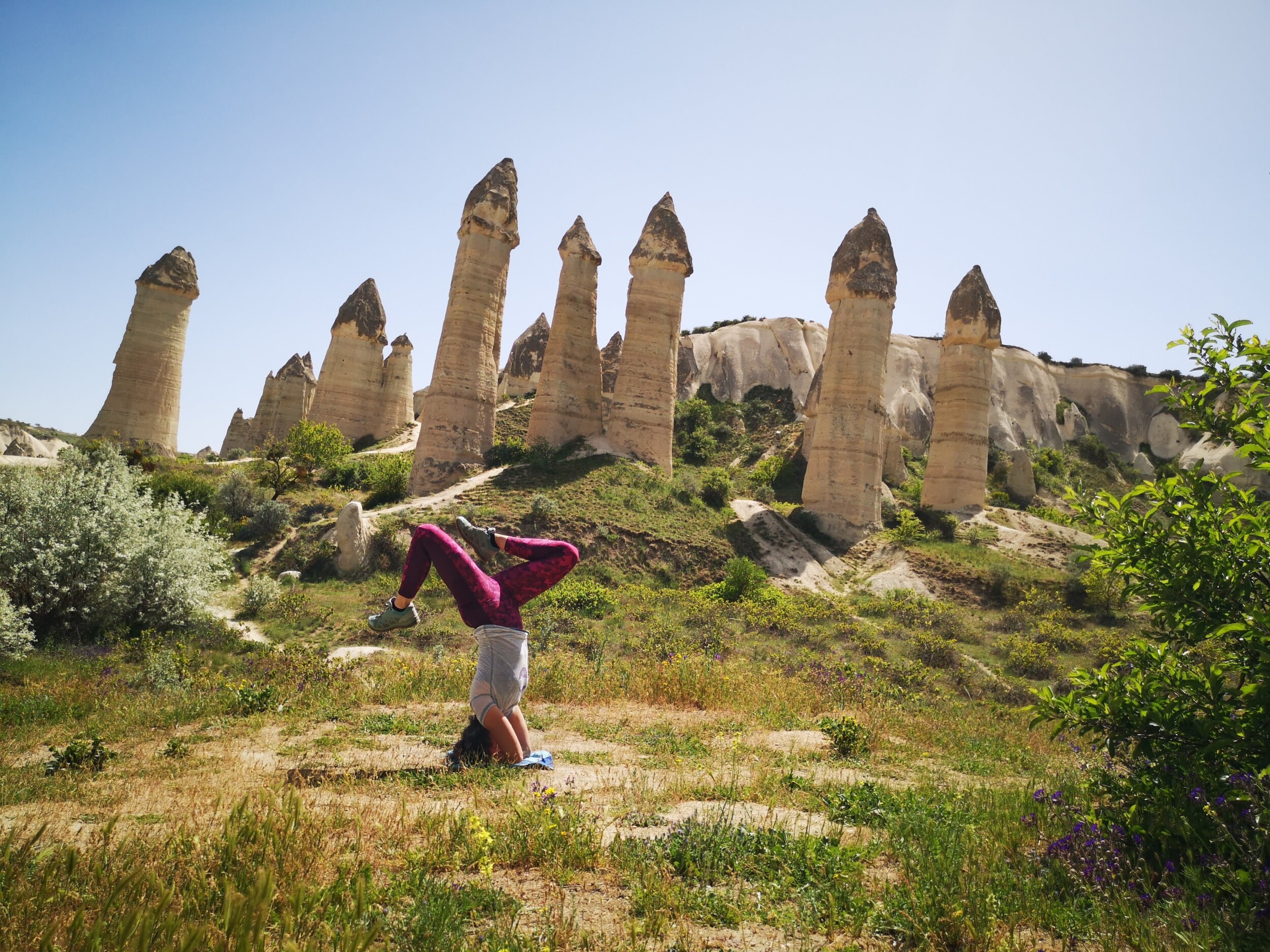
My first blog about the eightfold path of yoga has thus come to an end. By re-reading and better figuring out how it works, I learn myself and hopefully you along the way too. The eightfold path of yoga is only a very small piece covered with this extensive blog. So you can really dedicate your whole life to learning to understand all 8 paths and letting them come to expression in your life. A nice hobby (more lifestyle perhaps) that can bring improvement in all areas of your life. Mind, body & soul…
Yoga – unite, control, connect
In November 2019 I obtained my 200RYT yoga diploma with Swamiji Kapri in Pushkar. I spent a month with Swamiji and I learned so much there, about myself, about the world and about how we relate to each other.
Want to read more about mindful life?
